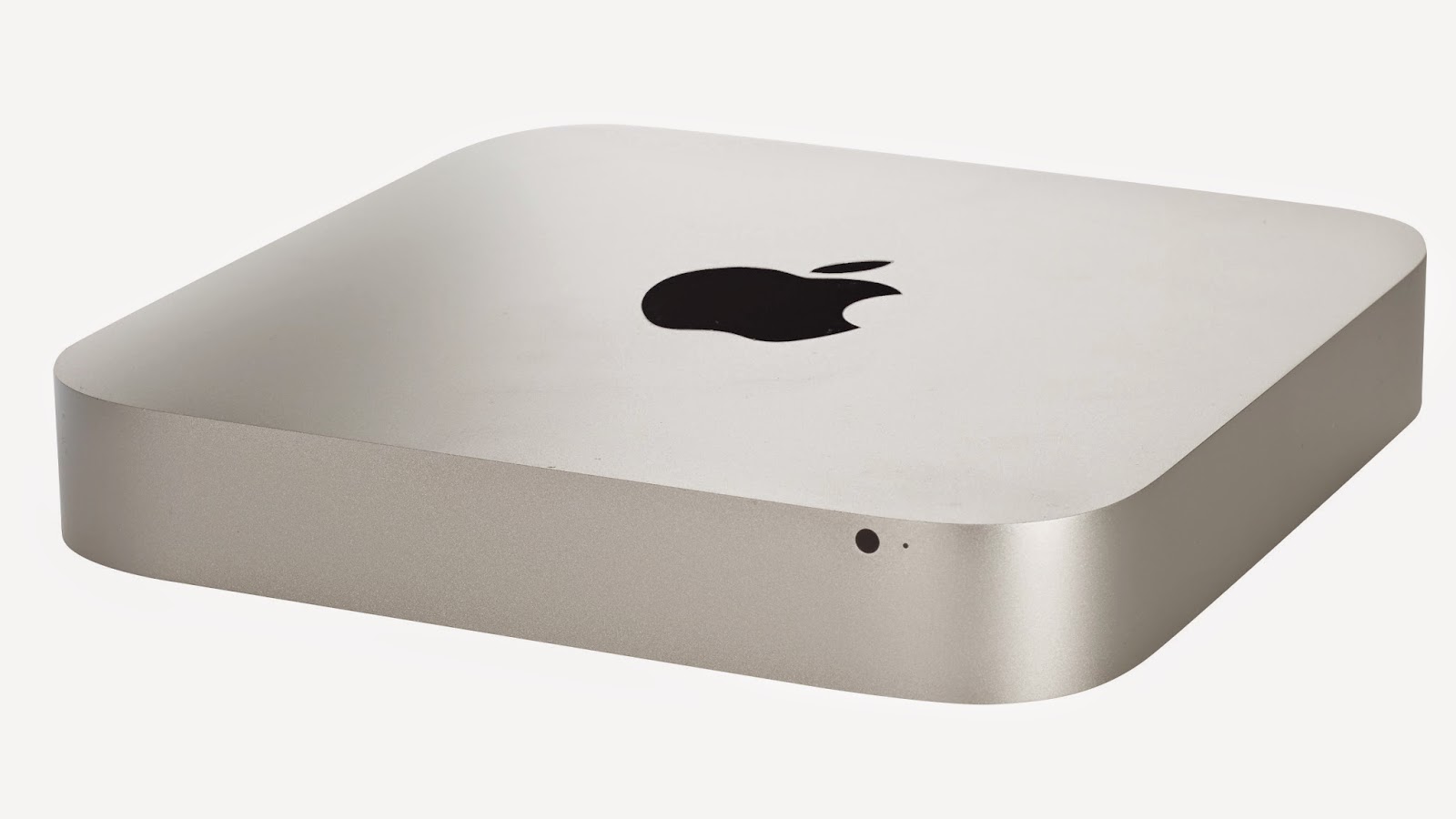

This cookie is set by GDPR Cookie Consent plugin. The cookie is used to store the user consent for the cookies in the category "Other. The cookies is used to store the user consent for the cookies in the category "Necessary". The cookie is set by GDPR cookie consent to record the user consent for the cookies in the category "Functional". The cookie is used to store the user consent for the cookies in the category "Analytics". These cookies ensure basic functionalities and security features of the website, anonymously. Necessary cookies are absolutely essential for the website to function properly. Target Display mode is also disabled automatically, if you shut down either computer, or if either the Mac or iMac slips into a sleep state. If you want to stop using your iMac as an external display, then you can exit Target Display mode using the ‘Command+F2’ keyboard shortcut, or by disconnecting the MiniPort or Thunderbolt cable. You can then choose the sound level, using your Mac’s audio keys.


Make sure your iMac and Mac are both connected to a power source, and switched on.Activating Target Display ModeĪssuming you meet all the above requirements, you’re ready to make the connection: You’ll also need to be running macOS 10.6.1 or later. If your iMac has a Mini DisplayPort, then you’ll need a Mini DisplayPort cable. If it has a Thunderbolt 3 (USB-C) port, then you can connect using the Apple Thunderbolt 3 (USB-C) to Thunderbolt 2 Adapter.

If your iMac has a Thunderbolt port, then you’ll need a Thunderbolt cable. To use Target Display Mode, you’ll need to connect your iMac and your Mac, via the correct cable.ĭepending on your model of iMac, it may have a Mini DisplayPort or a Thunderbolt port: Target Display Mode is a feature that’s designed specifically for those who own two or more Macs, as it allows you to use your iMac as the external display for another Mac.


 0 kommentar(er)
0 kommentar(er)
